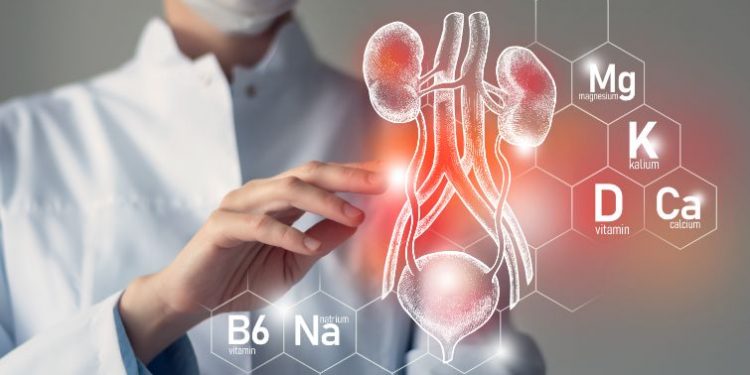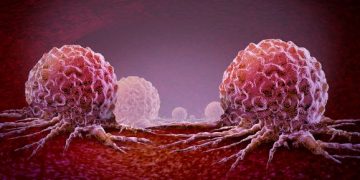Congenital hydronephrosis symptoms include a buildup of fluid in the kidneys and bladder. Hydronephrosis is often diagnosed during a prenatal ultrasound, which bounces sound waves off the fetus’ organs to create an image of their structure. It’s one of the most common fetal anomalies seen during pregnancy, with as many as 1 in 100 babies diagnosed with antenatal hydronephrosis or urinary tract dilation before birth.
Most cases of antenatal hydronephrosis (also called fetal urinary tract dilation) are not symptomatic and do not cause problems for the infant before birth. Generally, the condition will resolve without intervention and most cases will improve over time as the infant grows older.
Symptoms of congenital hydronephrosis may be difficult to recognize, and they can range from mildly annoying to debilitating. Regardless of the severity, symptoms can include urinary problems such as increased frequency and/or volume of urine, difficulty passing urine, low blood pressure, swelling of the legs, fevers, fatigue and abdominal pain.
A swollen kidney can also lead to urinary tract infections. If a child has hydronephrosis and has a UTI, it is important for the physician to diagnose and treat the condition so that the infection does not worsen or spread. If the condition is not treated, the child may be at risk for further kidney damage or scarring.

The most common cause of antenatal hydronephrosis is a blockage or narrowing of the ureter, which drains urine from the kidneys to the bladder. This can be the result of a tumor, problems with nerves that lead to the ureter or other conditions. Other causes of a narrowed or blocked ureter include reflux, which occurs when urine flows backward from the bladder into the ureter.
Other possible causes of a narrowed or blocked kidney may include an enlarged bladder, a tumor in the abdomen or pelvis or a disease such as cystinosis, an inherited condition that affects how the body produces urine. Children with a kidney cystinosis that isn’t diagnosed and treated early can develop a life-threatening condition called renal artery stenosis, which can cause heart failure.
If the kidney blockage is severe, your child may need to be treated with medication that can help it function properly, or surgery to remove part of the swollen kidney. In the most serious cases, a kidney transplant is usually necessary to achieve normal functioning.
Treatment for a baby with antenatal hydronephrosis usually begins with monitoring the baby’s progress through regular ultrasounds to check for any progress or deterioration of the kidney dilation. If the kidneys do not get smaller over time, the urologist may recommend additional tests, such as a Lasix renal scan or voiding cystourethrogram.
The urologists at the CHOC Urology Center will work one-on-one with you to determine the exact cause of your child’s hydronephrosis in order to develop a personalized treatment plan. For most cases of antenatal hydronephrosis, this will require periodic ultrasounds over the first year of life to monitor the extent and progression of the kidney dilation.









